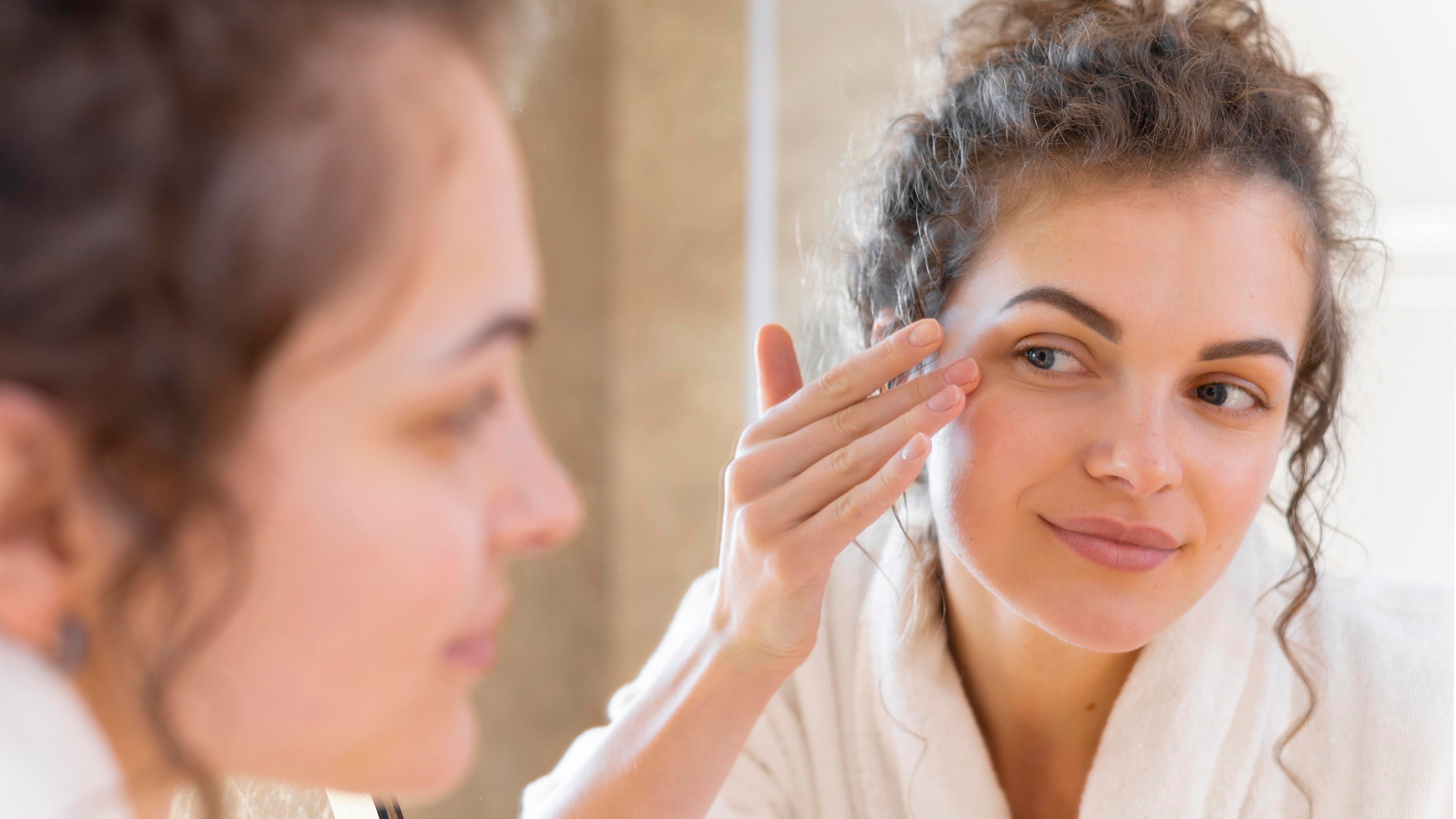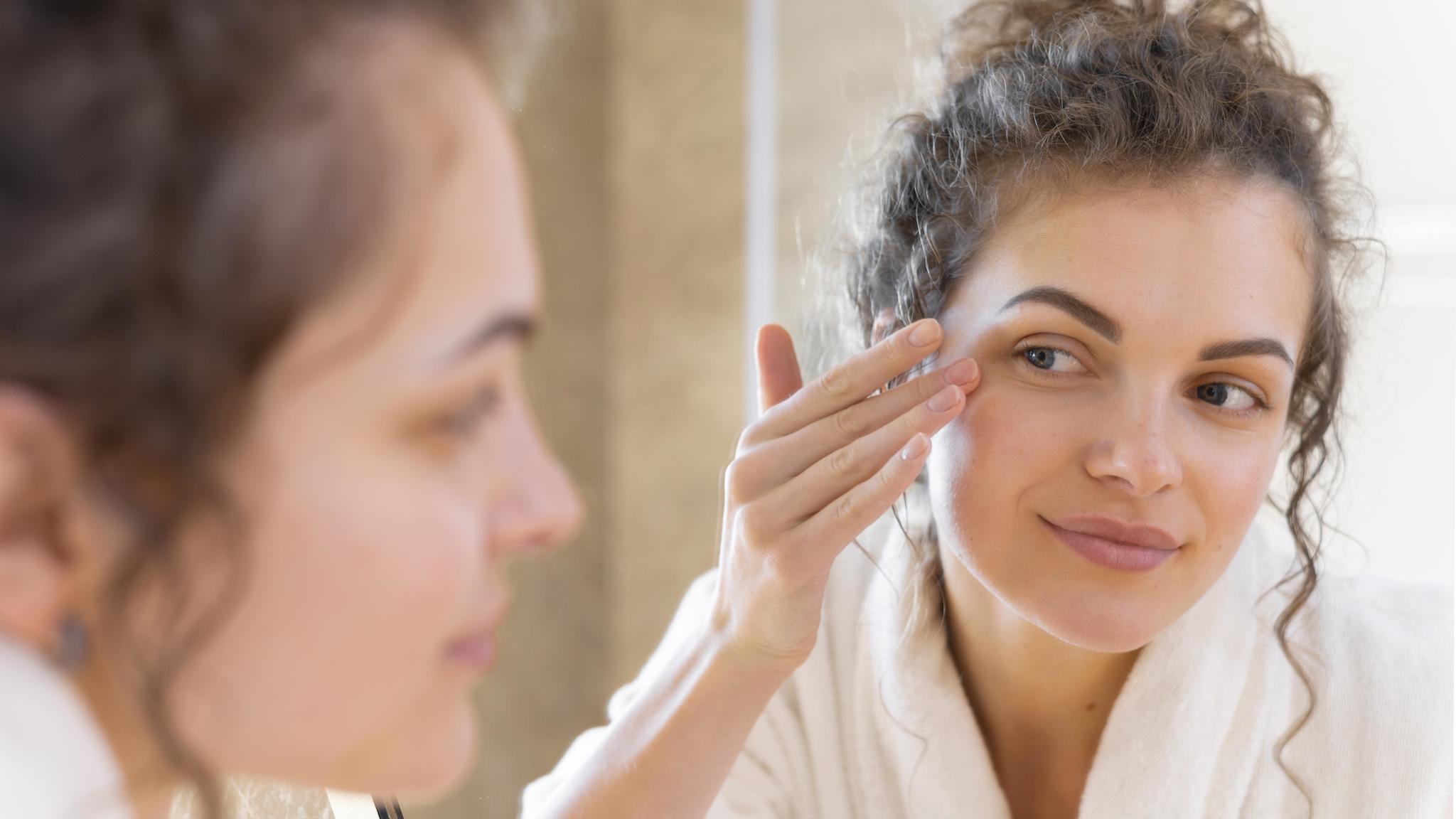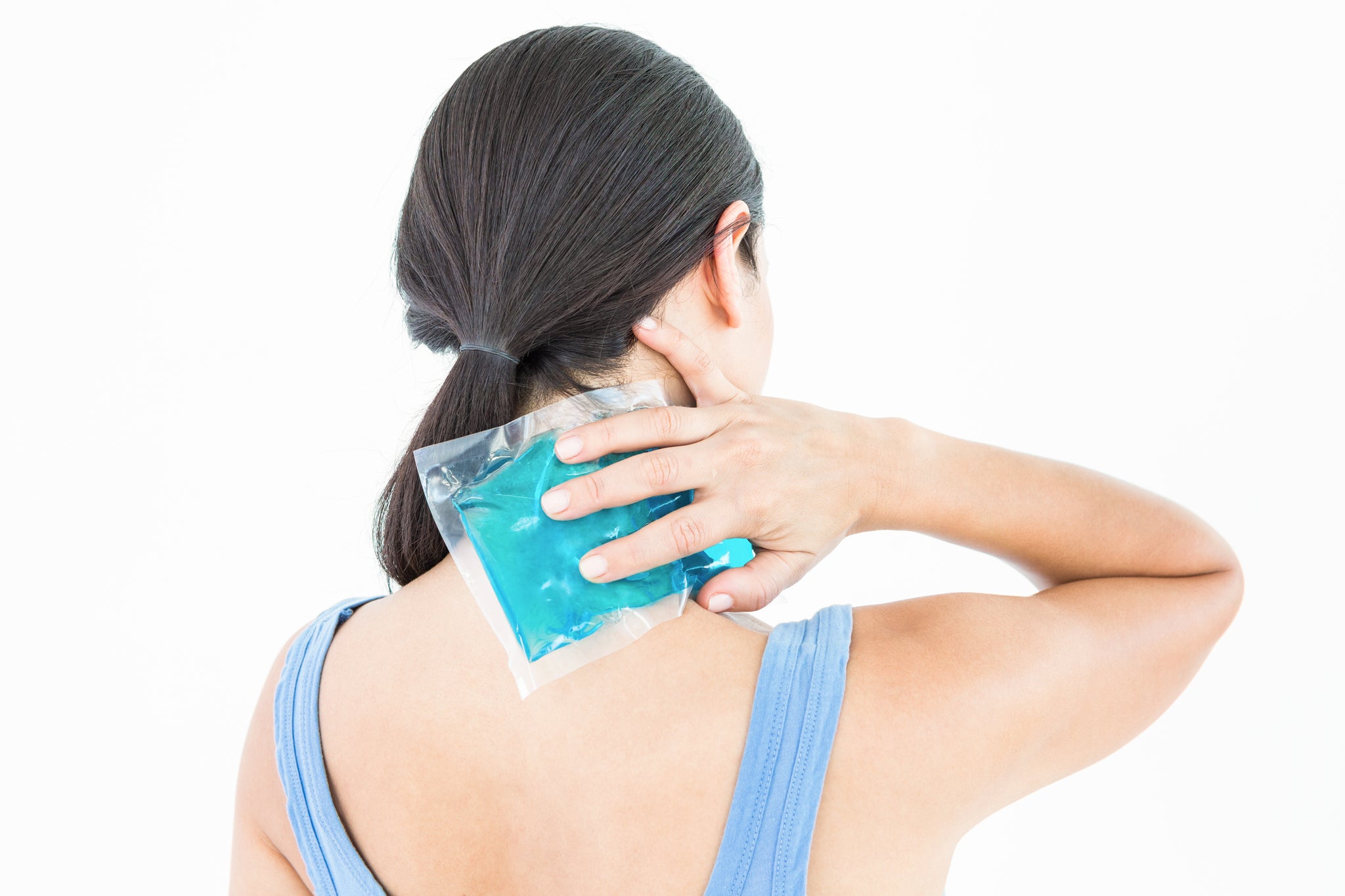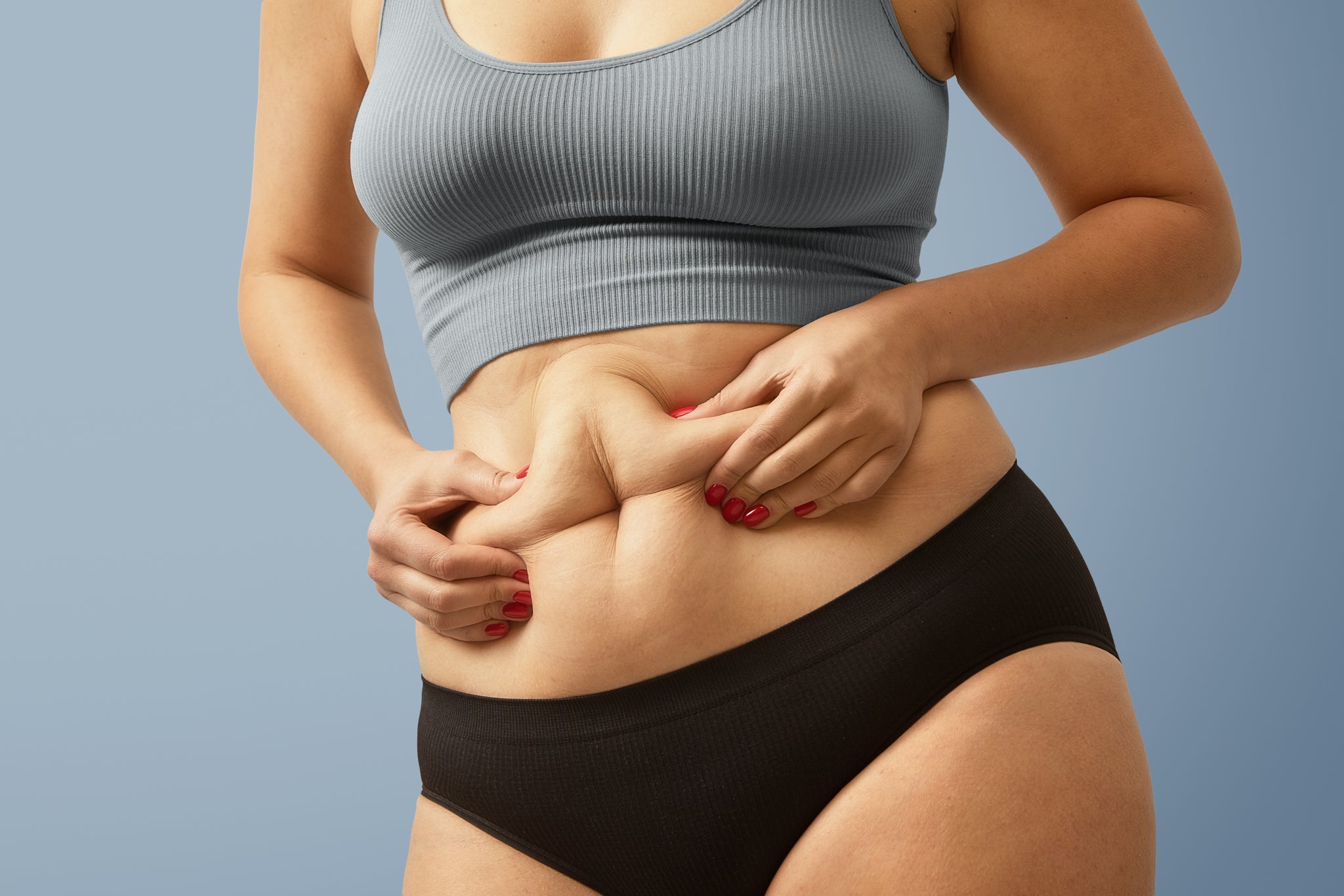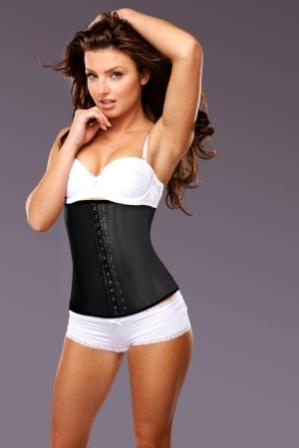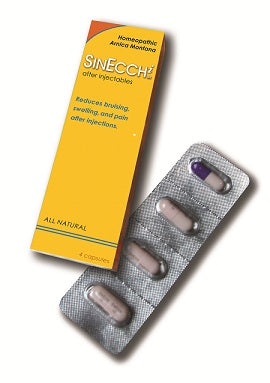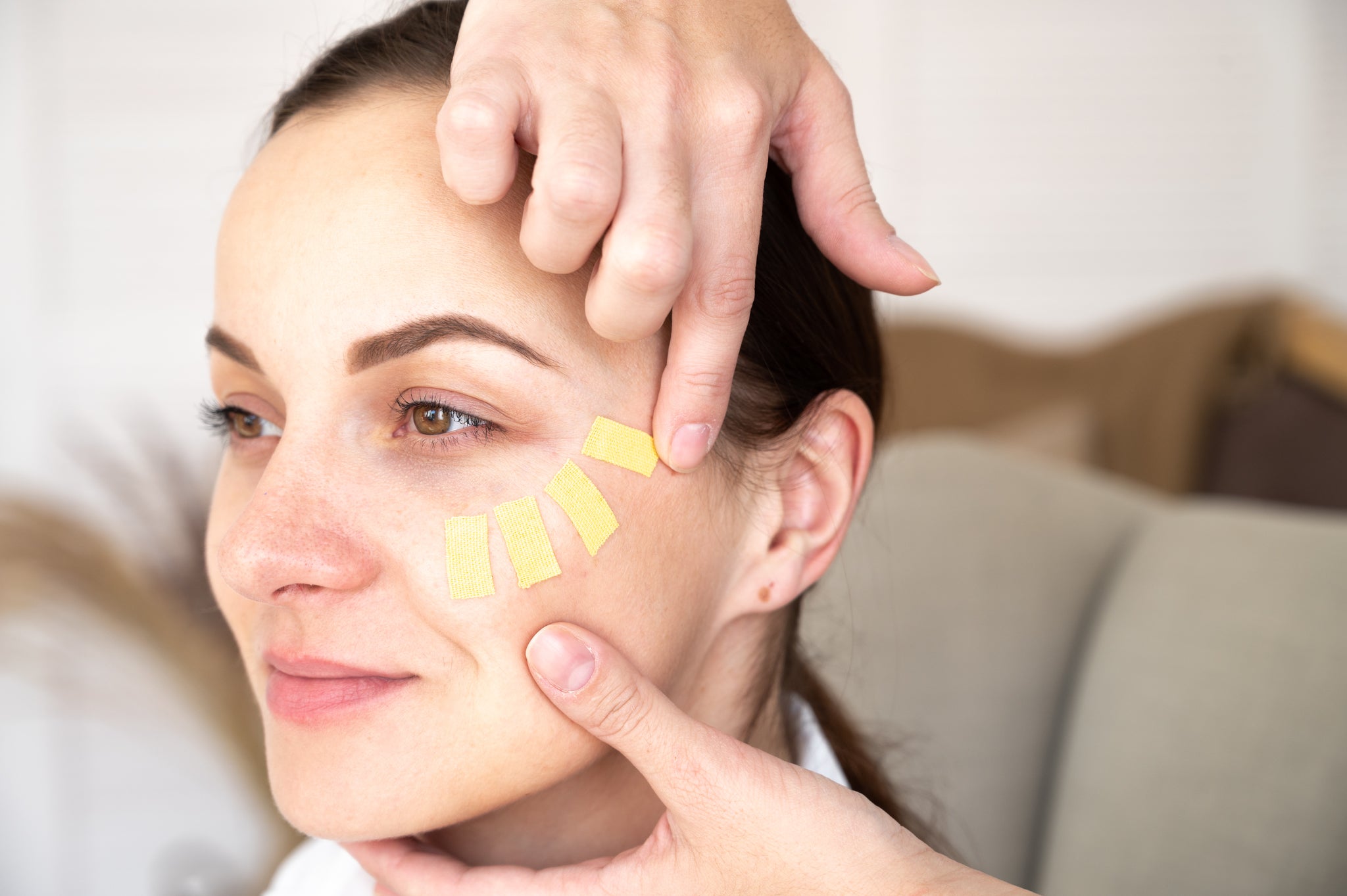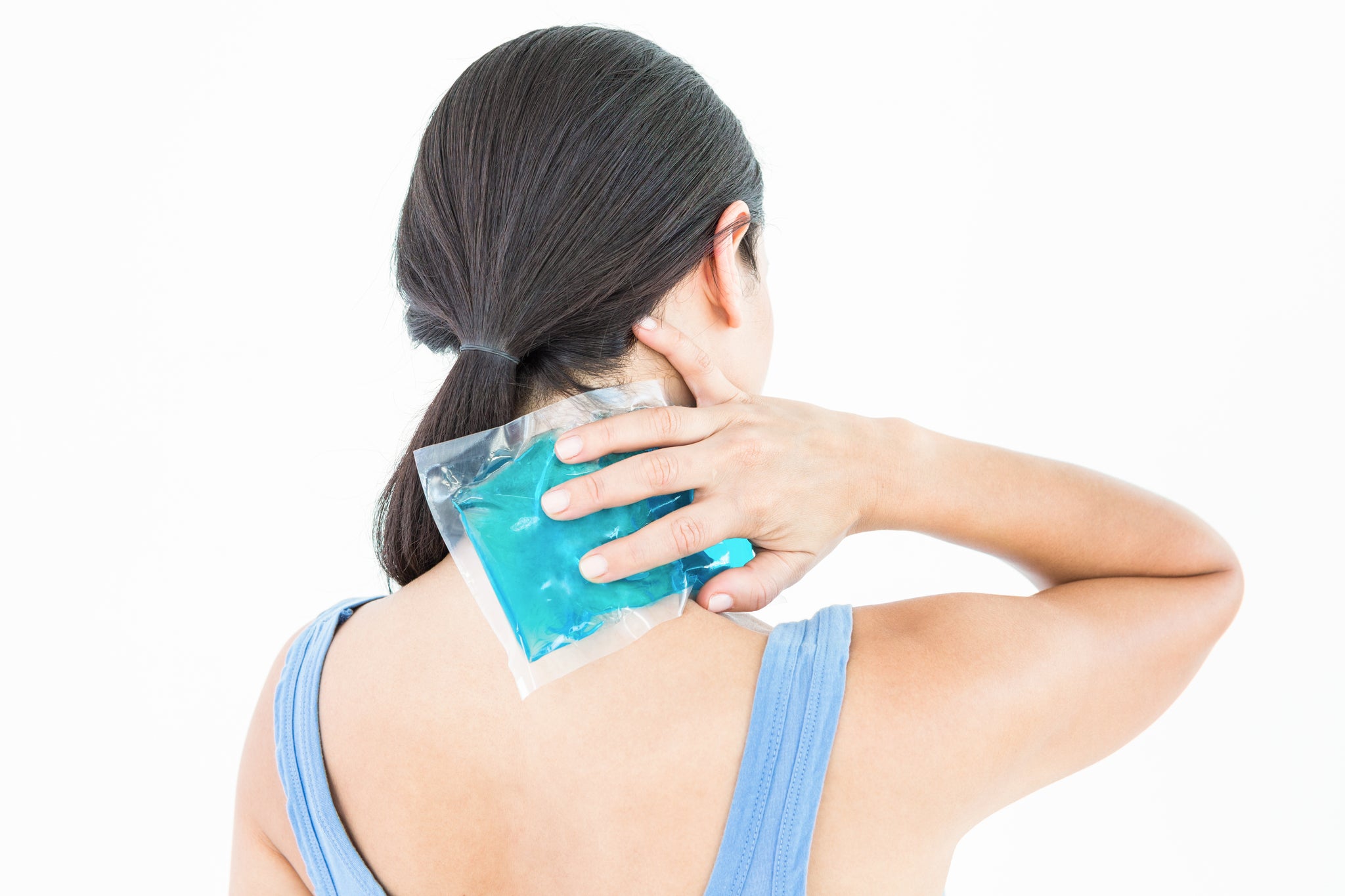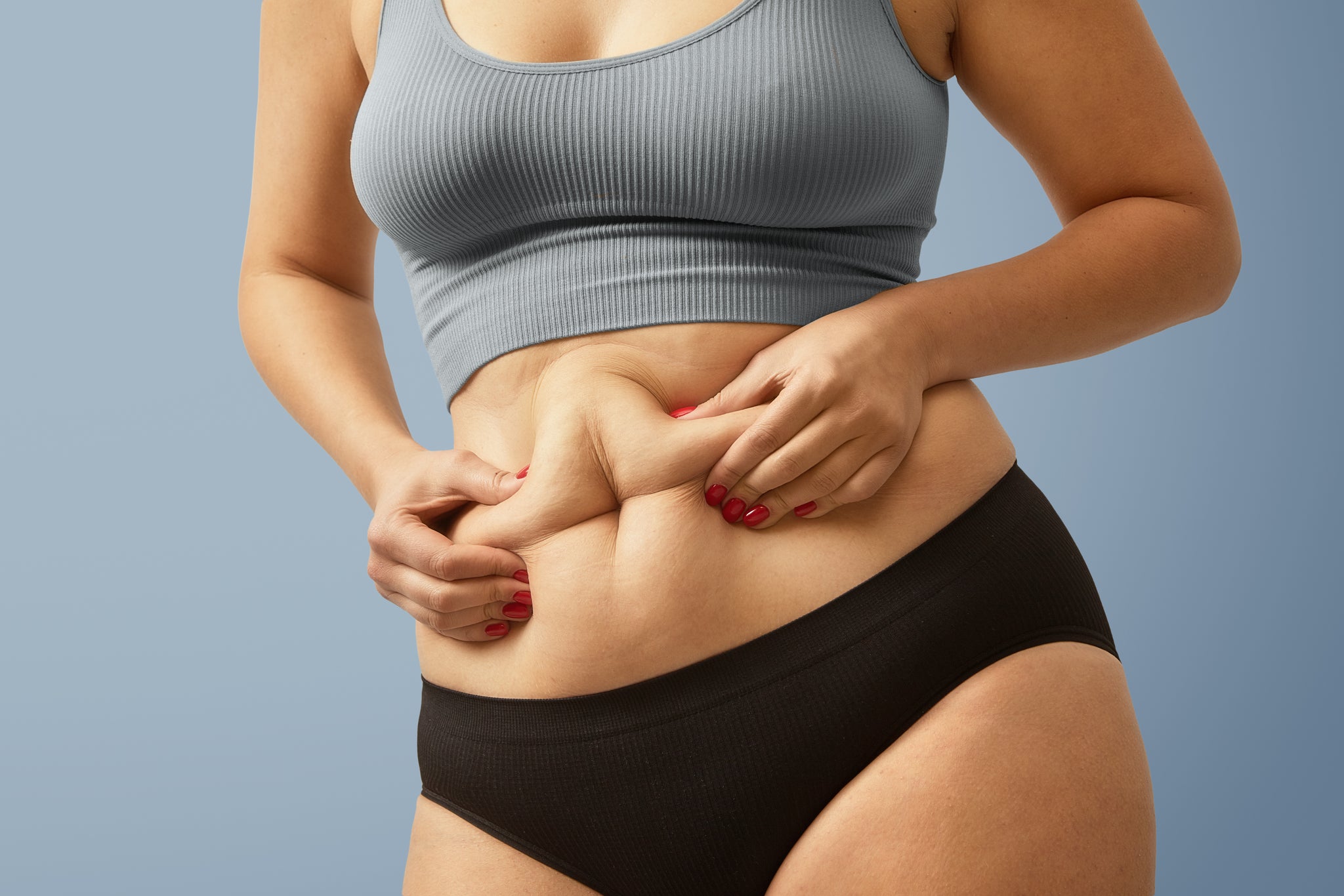Featured collection
Save $24.05
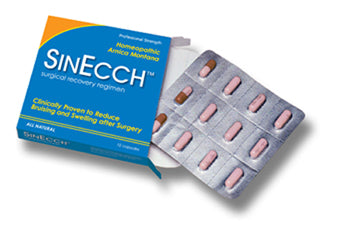
Make Me Heal
SinEcch Arnica Montana Post Surgery Therapy
Sale price$35.95
Regular price$60.00
In stockSave $20.49

Make Me Heal
MakeMeHeal Surgery Healing Supplements & Vitamins Kit (Pre & Post-Op Formulas)
Sale priceFrom $73.99
Regular price$94.48
In stock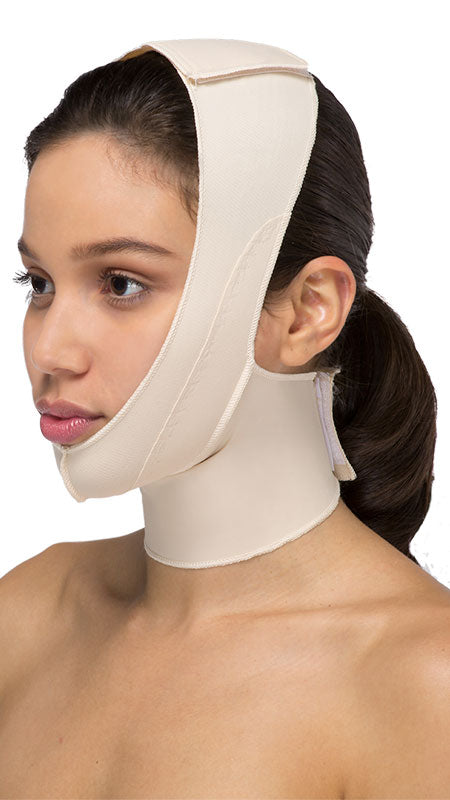
Make Me Heal
Facial Surgery Compression Garment - Marena Chin Strap - (2 Different Lengths)
Sale priceFrom $43.50
In stock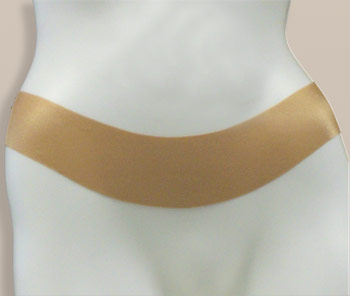
Make Me Heal
Oleeva Tummy Tuck Scar Reduction Silicone Sheet - (2 x 23 in; 5 x 58 cm)
Sale price$125.50
In stock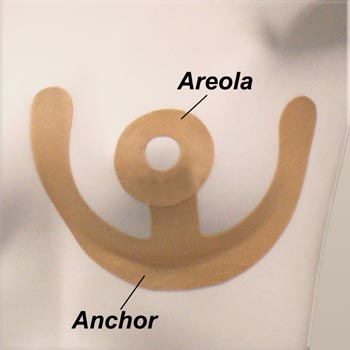
Make Me Heal
Oleeva Breast Anchor & Areola Circle Scar Reduction Silicone Sheet Kit
Sale price$120.50
In stockSave $0.65
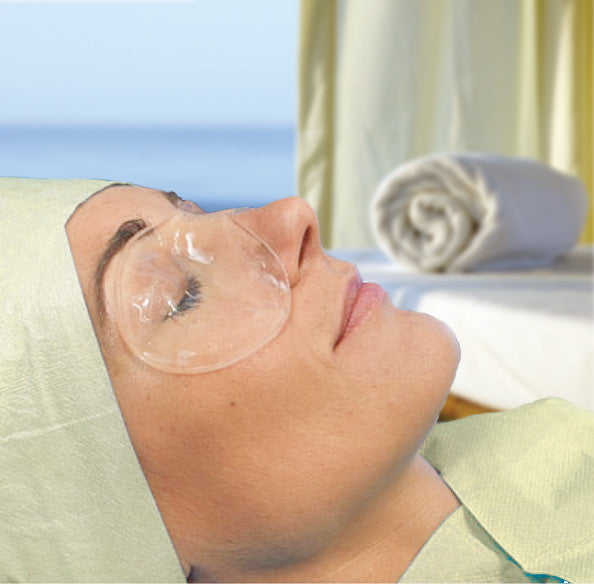
Make Me Heal
Swiss Therapy Eye Mask Compress (for Tired, Puffy Eyes, Wrinkles, Post-Surgery) - 3 Masks/Per Box
Sale price$53.95
Regular price$54.60
In stock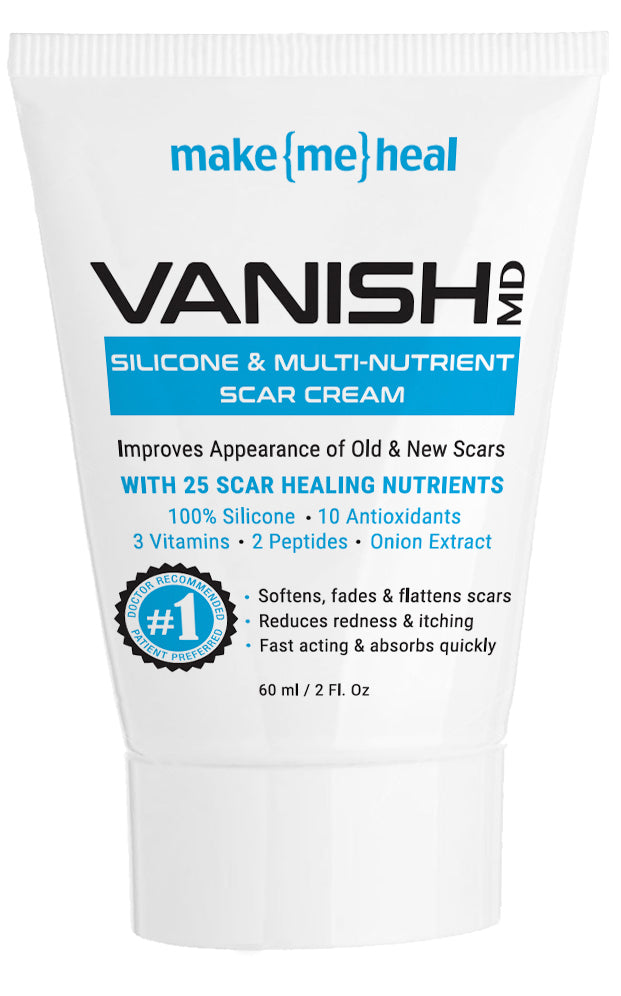
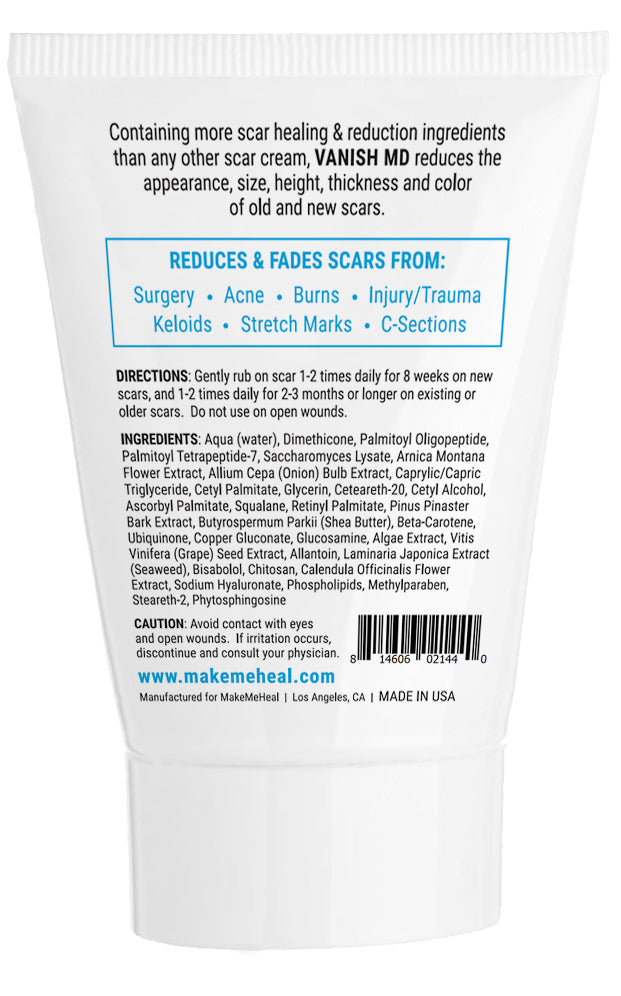
Make Me Heal
MakeMeHeal VANISH MD Silicone & Multinutrient Scar Reduction & Removal Cream
Sale price$49.99
In stock
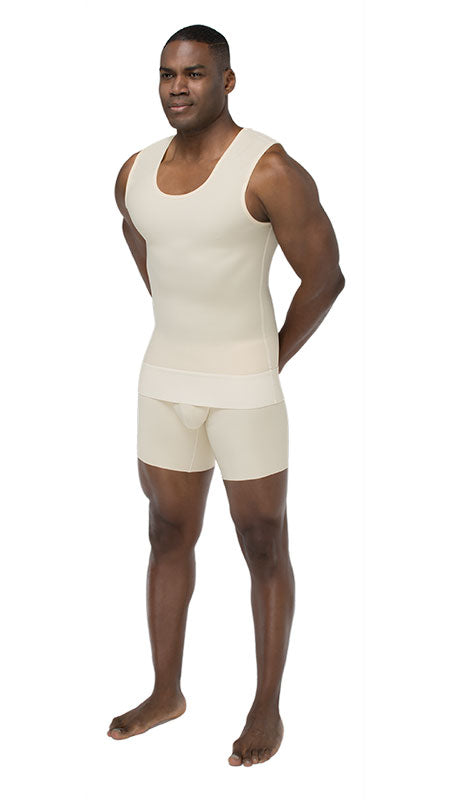
Make Me Heal
Male Tank Top Plastic Surgery Compression Vest - Stage Two (Marena)- MTT
Sale price$118.00
In stockSave $3.00
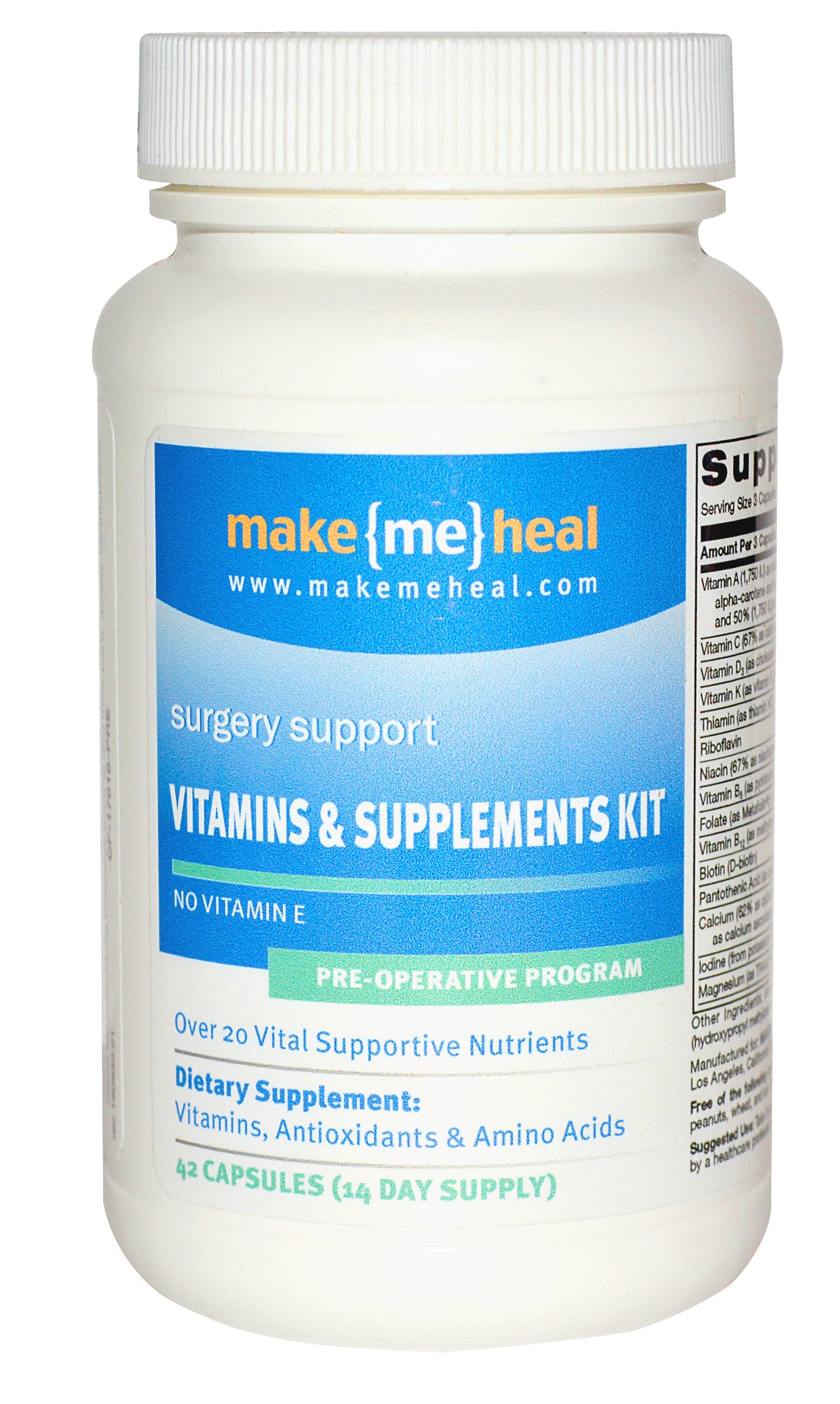
Make Me Heal
MakeMeHeal Plastic Surgery Healing Multinutrient - Pre-Op Formula (14 Day Supply-42 Tablets)
Sale price$19.99
Regular price$22.99
In stock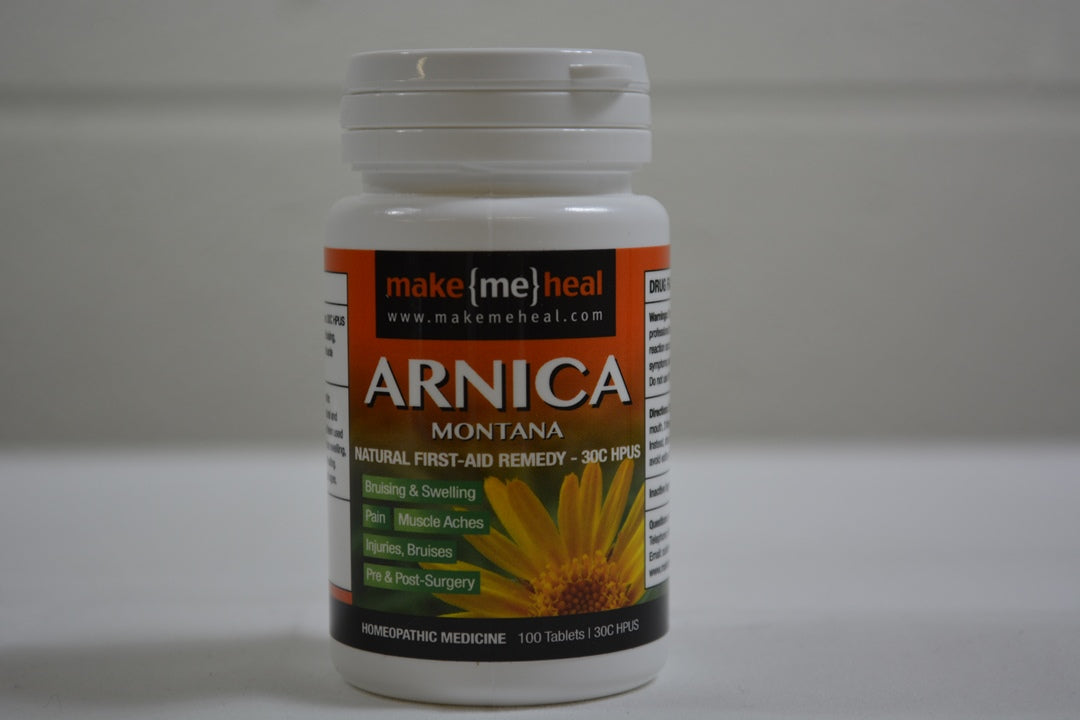
Make Me Heal
MakeMeHeal Arnica Montana Swelling & Bruising First-Aid Remedy – 30C Strength (100 tablets)
Sale price$21.99
In stockRecently viewed
Healing Vitamins
Tell more about your product, collection...
View moreSave $20.49

Make Me Heal
MakeMeHeal Surgery Healing Supplements & Vitamins Kit (Pre & Post-Op Formulas)
Sale priceFrom $73.99
Regular price$94.48
In stockSave $24.05

Make Me Heal
SinEcch Arnica Montana Post Surgery Therapy
Sale price$35.95
Regular price$60.00
In stockSave $3.01
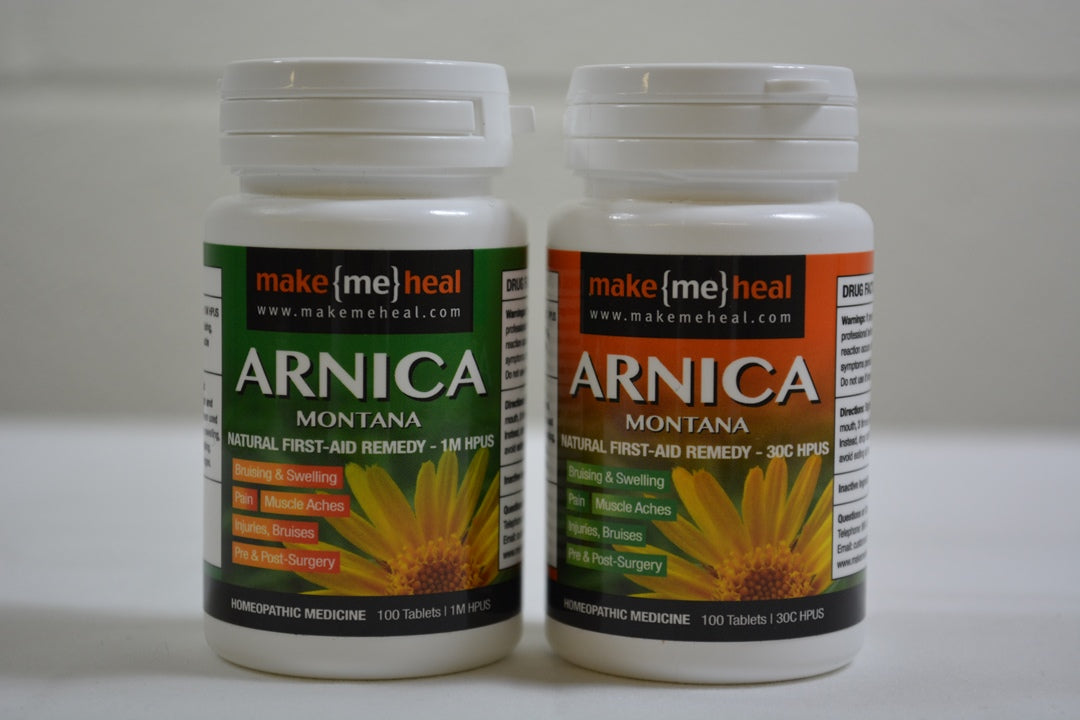
Make Me Heal
MakeMeHeal Pre & Post-Operative Arnica Montana Swelling & Bruising First-Aid Remedy Kit (2 Bottles | 1M & 30 C Strengths)
Sale price$41.99
Regular price$45.00
In stockSave $19.76
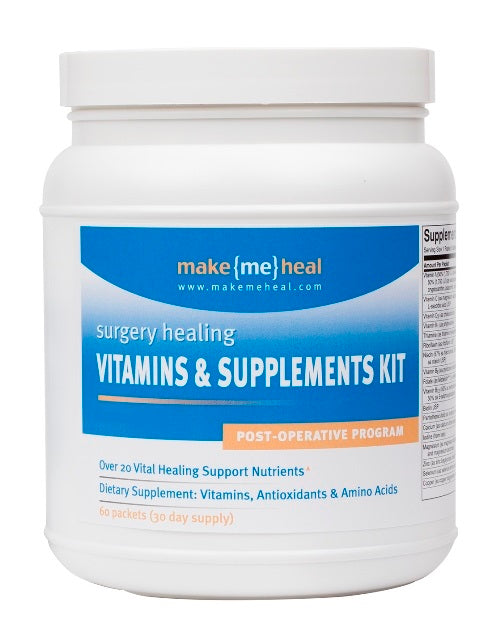
Make Me Heal
MakeMeHeal Plastic Surgery Healing Supplements & Vitamins - Post-Op Formula - 30 Day
Sale price$54.99
Regular price$74.75
In stock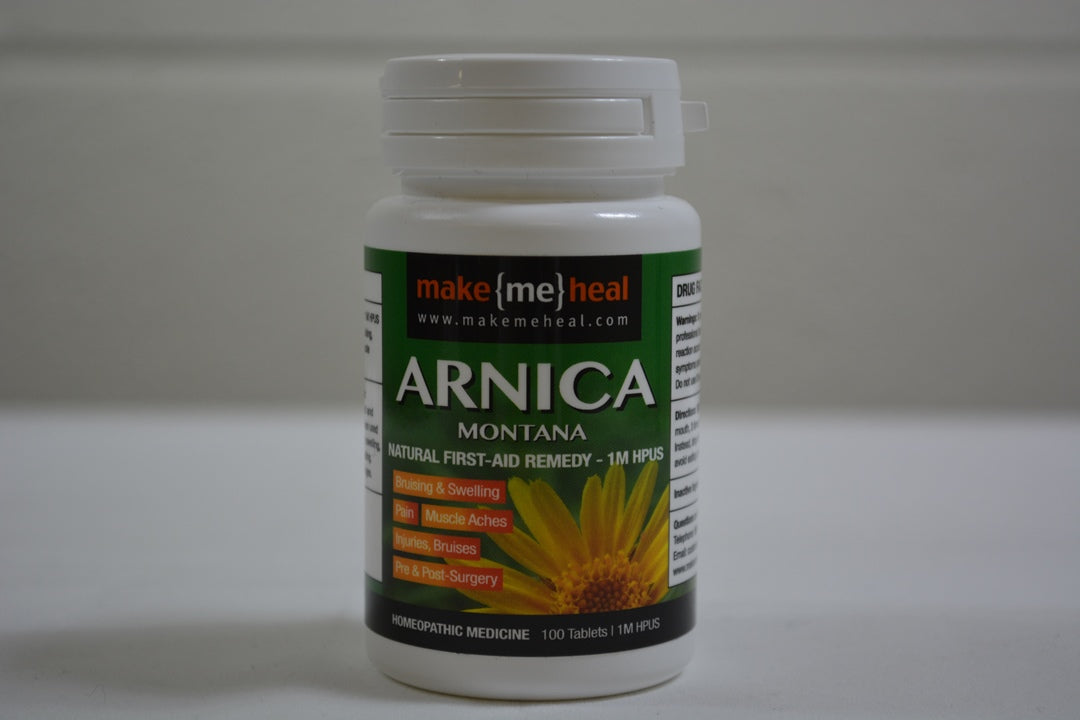
Make Me Heal
MakeMeHeal Arnica Montana Swelling & Bruising First-Aid Remedy – 1M Strength (100 tablets)
Sale price$21.99
In stock
Make Me Heal
MakeMeHeal Arnica Montana Swelling & Bruising First-Aid Remedy – 30C Strength (100 tablets)
Sale price$21.99
In stockSave $3.00

Make Me Heal
MakeMeHeal Plastic Surgery Healing Multinutrient - Pre-Op Formula (14 Day Supply-42 Tablets)
Sale price$19.99
Regular price$22.99
In stockTop-rated products
Save $24.05

Make Me Heal
SinEcch Arnica Montana Post Surgery Therapy
Sale price$35.95
Regular price$60.00
In stockSave $20.49

Make Me Heal
MakeMeHeal Surgery Healing Supplements & Vitamins Kit (Pre & Post-Op Formulas)
Sale priceFrom $73.99
Regular price$94.48
In stock
Make Me Heal
Facial Surgery Compression Garment - Marena Chin Strap - (2 Different Lengths)
Sale priceFrom $43.50
In stock
Make Me Heal
Oleeva Tummy Tuck Scar Reduction Silicone Sheet - (2 x 23 in; 5 x 58 cm)
Sale price$125.50
In stock
Make Me Heal
Oleeva Breast Anchor & Areola Circle Scar Reduction Silicone Sheet Kit
Sale price$120.50
In stockSave $0.65

Make Me Heal
Swiss Therapy Eye Mask Compress (for Tired, Puffy Eyes, Wrinkles, Post-Surgery) - 3 Masks/Per Box
Sale price$53.95
Regular price$54.60
In stock

